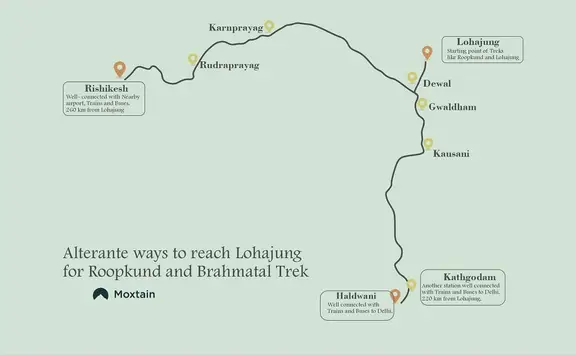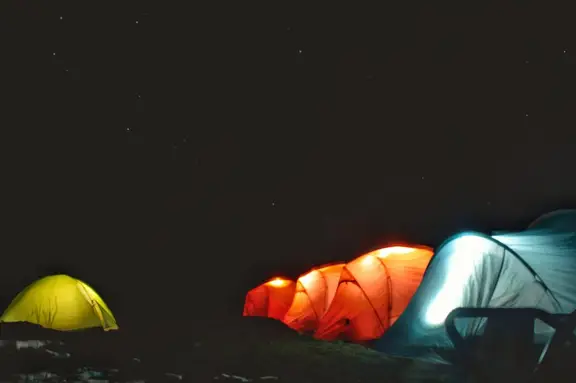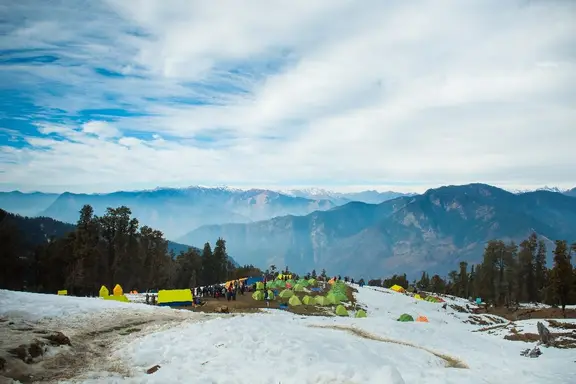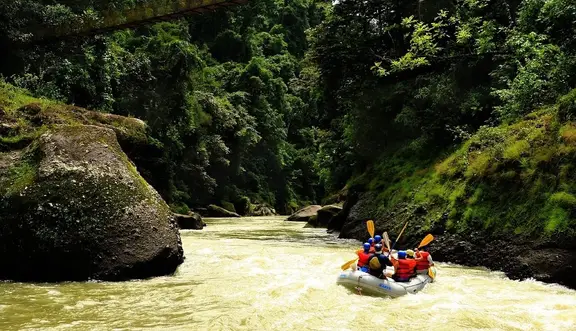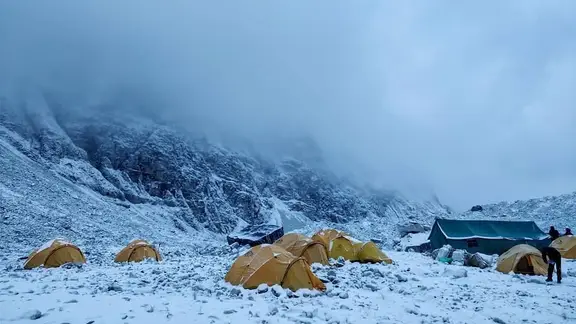Toilets facility at the campsites
What about the toilets for the early morning rituals?
We usually come across this question.
This question comes from the first time trekkers enquiring about a trek, who haven’t been familiar with the camping activities.

Toilets are an unavoidable part of our daily life not only while camping. Though we don’t find much to hear about them through the social media platforms, neither will you find any social media influencers posting the toilet images. But no matter what, toilets remain unavoidable and cannot be ignored. So we thought just to do our bit and share some information if some first-timers might find it helpful.
How are Toilet facilities provided at the campsites?
Wet-toilets, the ones we use at our homes are not possible at camps. You need a proper drainage facility to let out all the wastewater. It will be a menace if people practise using these toilets at the campsites. You can very well imagine the situation very much similar to the ones in parts of cities where proper drainage is not available.
So an alternative to wet-toilet is the dry-toilet. In these dry-toilets, a pit deep enough to accommodate waste and last for at least a week is dug. This pit has loose mud at your hands reach. And then to give this place a personal space, we cover this pit with a toilet tent. This type of toilet system to dump your waste is summed up as dry-toilet.
So how to practice the morning rituals in these dry-toilet tents?
Follow these steps:
- Squat
- Dump
- Wipe
- Cover-up
- Leave.
Once you are inside the toilet tent, you find a pit. This will be very much similar to the Indian-Style of Toilets. You need to squat down and find peace. After you are done, wipe yourself with a tissue paper. Dispose of the tissue itself along with the waste and then cover all the waste with the loose mud, already available at your hands reach. Imagine yourself to be the criminal, covering up the crime scene. You don’t want ACP Pradyuman or Daya from CID to catch you later. ( :) trying to put some humour to the article, names in reference to a crime investigation TV series).
After covering up and leaving up no traces, leave the tent all set for the next trekker.
What happens to the waste after this?
Simple, it decomposes.
Like every other organic matter, the human excreta also decompose naturally, when left out in the open.
If the waste matter is left out in the open, it will decompose for sure. But until it decomposes, it will be left there and stink the area. And if you have seen a campsite of some popular trek like Kedarkantha, you can very well imagine the scenario.
But this dry-toilet tent practice takes you a step further, to keep the surroundings clean. The waste is covered with mud to decompose without stinking the area.
Pouring water in these pits poses a problem. Water or moisture slows down the decomposition. So, avoid water in these pits.
Once the pit reaches its capacity or we leave the campsite, in case we don’t have any upcoming batch on that campsite, we cover up the pit. Leaving the waste to decompose on its own.
As a responsible agency, we all do our bit to practice trekking in a sustainable manner.



